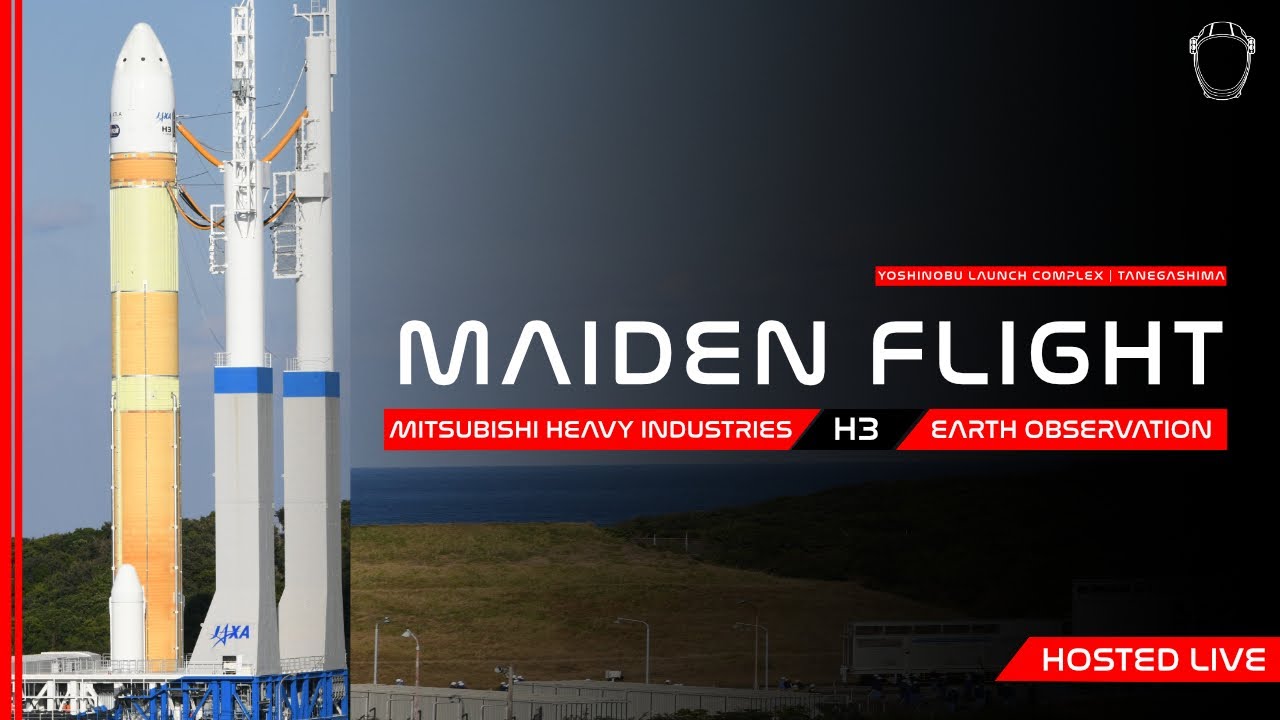Japan’s H3 launch vehicle, jointly designed by Mitsubishi Heavy Industries and the Japanese space agency JAXA failed on its first launch attempt, which was to place the Advanced Land Observing Satellite (ALOS-3) in a 669 km circular Sun-synchronous orbit. The H3, under development for a decade, is intended to reduce the cost of launch from the elevated level of the H-IIB booster it is replacing.
An earlier launch attempt on 2023-02-17 shut down an instant before liftoff when an anomaly was detected after ignition of the two first stage engines. On the second attempt, the rocket lifted off at 01:37 UTC on 2023-03-07 and appeared to fly normally until the solid rocket boosters separated around two minutes after launch. After that, some sources report that the first stage booster tumbled, but I see no evidence of that either in the ground camera view or from the telemetry. Call-outs from mission control report normal performance from the first stage and trajectory.
After stage separation at 05:14 after the launch (1:06:50 in the replay video), the velocity reported in the telemetry starts to fall, while it should be increasing rapidly as the second stage burns. Altitude continues to increase, which is consistent with an unpowered rocket on a ballistic trajectory. Shortly thereafter the commentator says “We have not heard the [second stage] ignition start announcement yet”. Around the 8 minute mark, they note that the velocity (which is obscured by the idiot red clock readout on the English translated video, which duplicates the elapsed time at the centre of the screen) is falling. At 08:40 there is an official announcement that the second stage engine ignition is not confirmed. At 15:00 after launch, an announcement is made that “a destruct command has been transmitted to the H3 because there is no possibility of achieving the mission”.
The “dog leg” trajectory shown on the plots is normal; to reach Sun-synchronous orbit without overflying other countries, Japan must first launch out over the Pacific and then turn south. If this problem turns out to be the second stage, this would be a surprise, since that stage is little changed from the H-IIB rocket which has been in service since 2009 and has flown nine missions without a failure.
